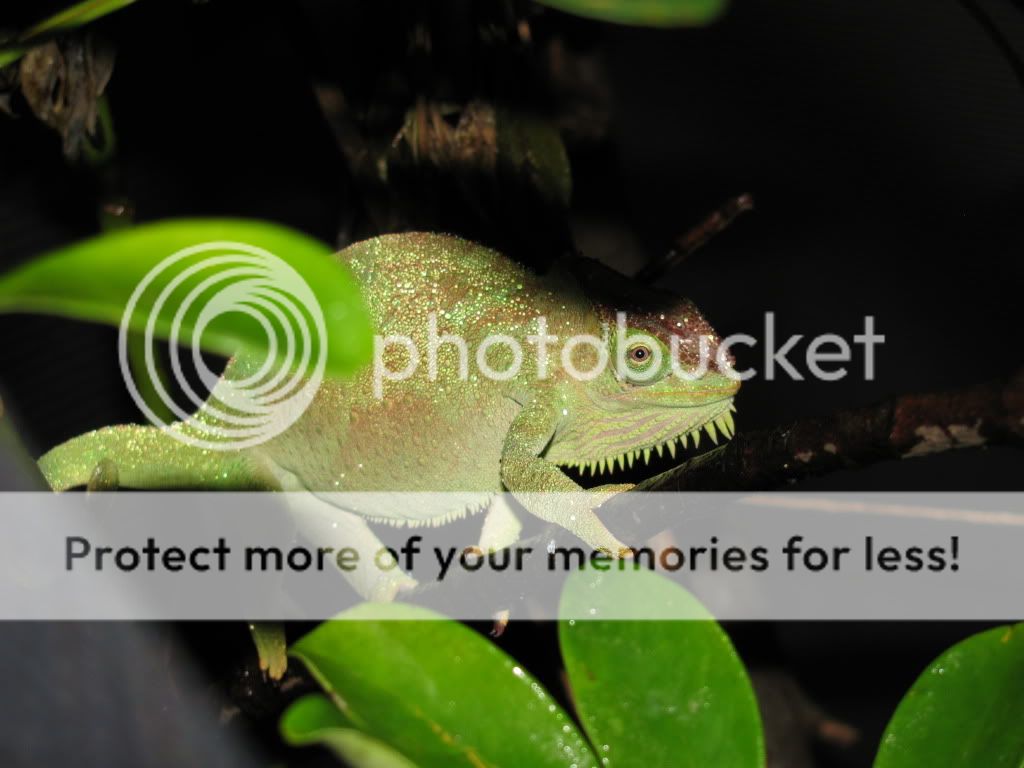Trace
Captain Awesome
I have not worked with any Cameroon species as my interests in lie elsewhere with chameleons (Mmm. bitaeniatus baby  ) so I'm not up on the latest details regarding identification. It is my understanding that the differences between the two sub-species of quadricornis is done by lung and hemipenal morphology and aren't necessarily identified properly by outward appearances alone. These are not my animals so I'll try and give histories as best I know. Some of the attached photos aren't of the best quality but I can get more tomorrow. Same goes for exact weights and SVL's.
) so I'm not up on the latest details regarding identification. It is my understanding that the differences between the two sub-species of quadricornis is done by lung and hemipenal morphology and aren't necessarily identified properly by outward appearances alone. These are not my animals so I'll try and give histories as best I know. Some of the attached photos aren't of the best quality but I can get more tomorrow. Same goes for exact weights and SVL's.
First up a CB quadricornis that is approximately one year old. SVL 3.5-4 inches.
Full body

Close-up of scales

Head/Casque

Crest/Casque

Second is a WC quadricornis that arrived in Canada approximately the beginning of September 2009. SVL 3-3.5 inches. She laid 10 eggs a few weeks ago and look to be fertile.
Full body


Head/Casque/Gular

Please notice the differences in colour, colour patterns on the body, gular crest, casque shape, squamation and striations on the neck leading from the casque and onto the body.
Am I just seeing variation within a sub-species or are these, in fact, two different species? Is it worth waiting another month or so for the WC female to shed off all the bruises and old skin and whatnot from the exportation process to get a better ID? Is the WC female something else completely?
Thanks!
Trace
First up a CB quadricornis that is approximately one year old. SVL 3.5-4 inches.
Full body

Close-up of scales

Head/Casque

Crest/Casque

Second is a WC quadricornis that arrived in Canada approximately the beginning of September 2009. SVL 3-3.5 inches. She laid 10 eggs a few weeks ago and look to be fertile.
Full body


Head/Casque/Gular

Please notice the differences in colour, colour patterns on the body, gular crest, casque shape, squamation and striations on the neck leading from the casque and onto the body.
Am I just seeing variation within a sub-species or are these, in fact, two different species? Is it worth waiting another month or so for the WC female to shed off all the bruises and old skin and whatnot from the exportation process to get a better ID? Is the WC female something else completely?
Thanks!
Trace








